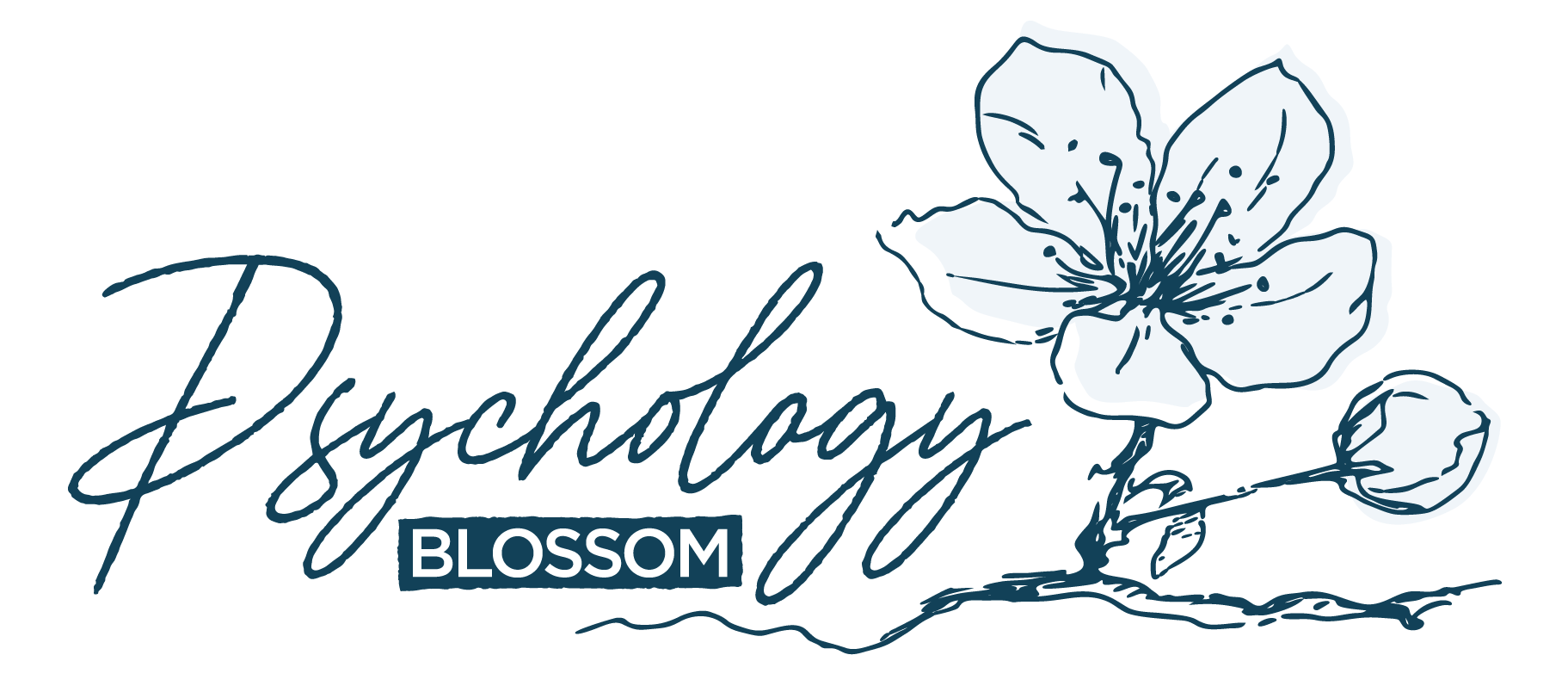Schema-Based Couples Therapy
Schemas refer to mental concepts and patterns that help organise the relationships between categories of information. Schema Therapy helps by first recognising the client’s negative schemas and coping styles, before working towards changing them and forming healthier beliefs and behaviours. In Schema Therapy for Couples (ST-C), this approach is used in the context of relationships to help you manage your dissatisfactions in the relationship.
ST-C is Effective in Managing:
- Indirect and overt conflicts
- Lack of emotional connection
- Trust issues
- Unsatisfying physical intimacy
- Poor and negative communication
- Lack of shared interests, values, and goals
- Personality and mood disorders
- Abusive relationships
Schema Therapy applies the concept of early maladaptive schemas, or negative schemas developed in childhood. These schemas typically develop from traumatic childhood experiences. The schemas affect our perceptions and hence our behaviour, especially during ambiguous situations. They thus drive the formation of unhealthy coping strategies which may become dysfunctional when affecting attachments, relationships, or day-to-day activities.
Can I Go for ST-C Alone?
ST-C is valuable regardless of whether you come alone or with your partner, so long as you comply with the teachings of the therapy. Either way, you will learn to address your individual maladaptive schemas and develop your own sense of direction and determination to fulfill your own unmet needs. This does not require your partner's agreement or consent. At the same time, you will develop greater self-awareness and better coping methods to improve your relationship.
ST-C Approach:
- Intake: You and your partner will be assessed based on your interactions and identification of problems and strengths.
- Assessment phase: Your therapist will conduct interviews and inventories to conceptualise your relationship dissatisfactions, while identifying maladaptive behaviours and thinking patterns.
- Analysis: Your therapists will select the qualities to develop and focus on and devise a customised “road-map” of the treatment plan. Frequency and duration of the treatment process will be discussed before proceeding.
- Treatment: Behavioural experiments, role-playing and education will be conducted to achieve goals discussed.
Techniques Used in ST-C:
- Guided Imagery: You will be asked to form images of upsetting childhood memories to identify the associations that have developed between past experiences and current triggers
- Limited Reparenting: Your therapist will provide guidance and validation to fulfills the unmet needs you have
- Empathic Confrontation: Identification of maladaptive thoughts and behavioural patterns
- Role-playing: Rehearsal of learned adaptive behaviours and coping strategies
